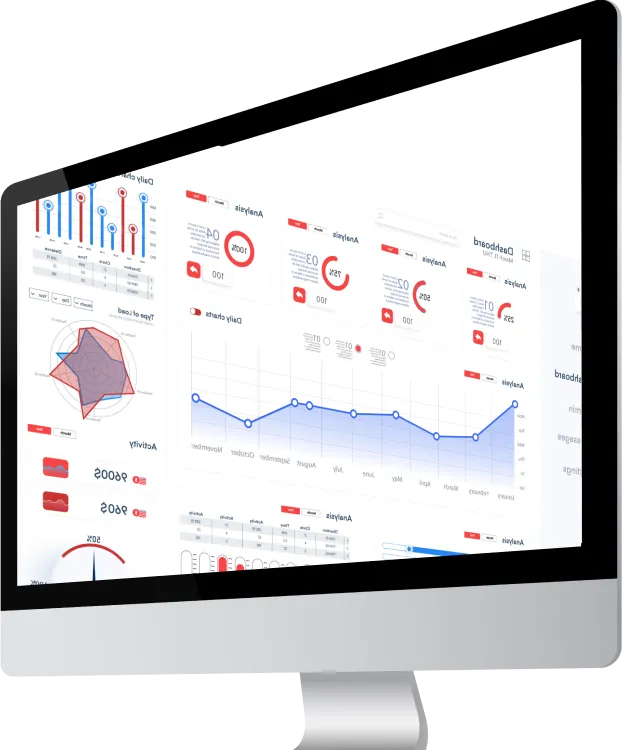Put yourself in the shoes of your target
Afinding a website that is clear, intuitive and where the information you are looking for is easy to access, that’s what your prospects are looking for. The aesthetics of your website is certainly important, but it is not enough on its own. You must think strategically when you establish your design, that is to say, establish a shopping path like the tags found in physical stores. It is necessary to facilitate access to information so as not to stupidly lose your prospects.
The first ten seconds your prospects will spend on your website should answer these questions:
“Does my site respond well to the need that my prospect is looking for, that is to say, does he know directly what we are selling?”
“Does he have access to the information he is looking for based on where he is in his buying cycle?”
Facilitating your target’s experience
A prospect who types your site in the search bar is probably closer to the act of purchase. He knows your brand, was able to remember it and type it in the search bar. It’s already a great victory! Now, you have to make it easier for him by adding a clear and visible button on the home page of your site to encourage him to perform an action. Indeed, this prospect knows your brand and you therefore know that he has confidence in having searched for your name on his own. You must then offer him several call-to-action options such as “buy” or “shop” or even “book” so that he can click on them and arrive directly at the place where he wants to go, without him don’t have to search too much.
Think about what a prospect, already familiar with your brand, might want to do when he types your website on his own in the search bar.
Anyone who lands on your site, thanks to a paid ad on Google for example, will certainly want to arrive directly on the page that corresponds to their search.
If you sell a service, then you will have to offer him content so that he can learn about it. Land them on a landing page and offer them to download an ebook or participate in an online training in exchange for their email. You then collect his information and stay in contact with him to then send him a series of automated emails in order to always offer him more little advice that will gradually give him more confidence in your service.
If you sell products, your landing page should promote your latest product, for example, or a particular offer, but not all of your products or promotions.

